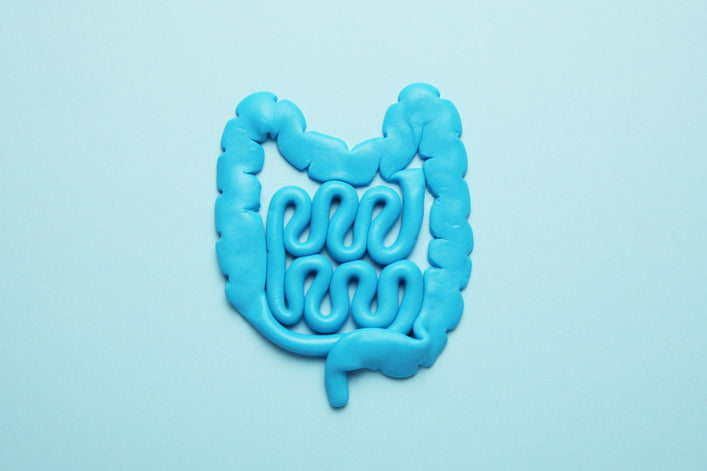Food allergies, especially those that manifest in early childhood, have been on the rise in recent times.
The most common allergies are related to these eight allergens: peanuts, wheat, cow’s milk, other nuts, soy, eggs, shellfish, or fish. These foods can be perfectly normal, harmless elements of one person’s diet, but can cause a severe allergic reaction in another individual.
Allergies are a breakdown of the body’s tolerance mechanisms.
There is a growing body of evidence implicating a disturbed gut microbiome in an individual’s susceptibility to developing food allergies as gut dysbiosis is seen to precede the development of food allergy.
Studies in which the gut microbiome has been studied and profiled have demonstrated that the gut microbiomes of individuals with food allergies differ from those with healthy systems and no allergic reactions to the common allergens listed above.
Food allergies and gut microbial interactions can go way back to infancy
Early studies that tried to measure microbial diversity and composition in subjects with and without food allergies pointed to the presence of differences in gut microbial types populating the gut. However, as it is difficult to culture most of the microbiota, they did not provide a complete picture.
More recently, since the advent of 16S rRNA sequencing techniques, it is being discovered that children with food allergies have distinct gut microbiome compositions compared to those without. In addition, it appears that the composition of the gut microbiome can vary according to the individual food allergy.
A study of 226 infants with milk allergy sought to understand the relationship between the development of the infant gut microbiome and the clinical course of their food allergy. Investigators found that taxa from the Firmicutes phylum, including Clostridia, were greater in number in the gut microbiomes of infants aged 3 to 6 months whose milk allergy later cleared up by 8 years of age.
However, this same pattern was not observed in infants of the same age whose milk allergy continued to persist later in life.
Furthermore, among infants older than 6 months with milk allergies, there was no association between gut microbiome composition and later milk allergy resolution. Based on these observations, it seems likely that during early infancy, age 3-6 months, there is a specific developmental window during which gut microbiota can influence the manifestation of food allergy.
Gut microbiota at later stages, say over 6 months of age, may have little to no effect on the food allergy trajectory.
The role of nutrition in the prevention and management of food allergy
Nutrition plays a major role in the development, maintenance, and efficacy of our immune cells. Zinc, Vitamin D, pre- and probiotics are important for the optimal functioning of the immune system.
Essential fatty acids can enhance the anti-inflammatory and antioxidative barriers, promoting immunologic tolerance, and mitigating the risk of food allergies. In addition, recent findings have shown that increased diversity of food, when introduced in the first year of life, confers a protective effect.
In other words, exposure to a variety of food antigens at that particular stage of life has a major influence on the development of immune tolerance.
Diversity is the key to a food allergy-free existence: a more diverse microbial load delivered through a more diverse diet establishes a more diverse microbiome.




